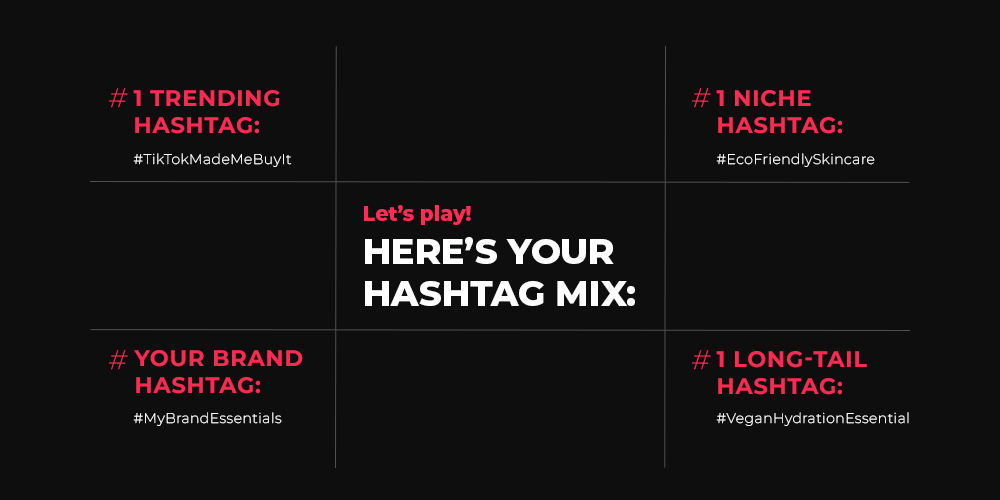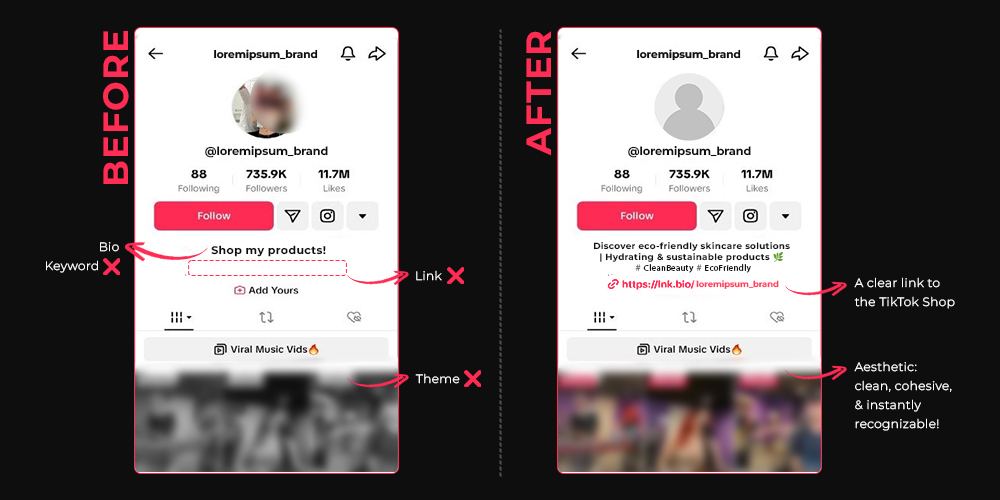FHA mortgages offer an excellent opportunity to buy a home due to their low down payment and lenient credit score criteria. However, they are designated for owner-occupants, not landlords. You must live in a property for one year before renting it out to earn an income.
Fortunately, there are workarounds to this.
The Great Debate: Can I Short-Term-Rent My FHA-Mortgaged Primary Residence?
There is a lot of contention about whether FHA-mortgaged residences can be used to house short-term rental guests in spare bedrooms for under 30 days. This BiggerPockets forum discussion lands heavily on being able to STR your FHA-mortgaged home.
However, FHA.com (not a government- or HUD-affiliated website) states that rentals in FHA homes can only be for 30 days or more, meaning you can only rent out your FHA-mortgaged home on a mid-term basis. Anything under 30 days is considered “transient” use and prohibited.
Important Things to Consider When Mid-Term-Renting Your FHA-Mortgaged Home
Mid-term renting a home you currently live in is the same as having a roommate. Whether your “guest” chooses to stay for one month or 12, unless you have a completely separate living area and kitchen/bathroom, you will have to get comfortable sharing your living space.
Many homeowners purchased their personal residences to get away from exactly that type of scenario. However, with the country in the grip of an affordability crisis, taking on a mid-term rental in your property could not only help you get a handle on your finances but could also be a vehicle to save money to jump-start your investing career.
You only need to live in your FHA home for a year before being able to legally use it as a rental before moving on to another primary residence, which you could, again, buy using FHA financing (so long as you refinance the first home out of an FHA mortgage) and thus repeat the process.
If you have to relocate (for work, for example), you may still be able to rent out your FHA-mortgaged home without refinancing. Many use this strategy to build a portfolio of solid single-family homes in decent neighborhoods by taking advantage of FHA’s low down payment guidelines.
Small Multifamily Buildings and FHA Mortgages
One of the best uses of an FHA mortgage for a real estate investor is buying two-to-four-family buildings. You can rent out the rest as long as you live in one unit. You are still eligible for a low down payment, less-than-perfect credit, and everything else associated with an FHA mortgage.
The additional benefit of buying a small multifamily home is the extra rental income, which might cover your entire mortgage, as well as the tax benefits of owning investment properties. Many investors have used this strategy to get immediate liftoff with their investing careers, refinancing the home to a regular mortgage as they rinse and repeat the process with other small multifamily units.
Flipping an FHA-Mortgaged Home
If you are prepared to live in a home you are renovating, FHA-mortgaged homes, in conjunction with a 203(k) renovation loan, offer a great way to buy a flip a home with a low down payment and a much lower cost of financing your renovation than with hard money. Your contractor will be paid in draws by your lender once each part of the renovation has been completed—according to the satisfaction of a 203(k) consultant.
As with usual FHA guidelines, you must live in the home for a year before renting or selling it (two-to-four-unit dwellings can be rented immediately). To make your flip even sweeter, live in the home for two years and forgo paying capital gains taxes (as part of the IRS’ exclusion gain program) on $250,000 of profit if you are single and $500,000 if you are a couple. This is particularly advantageous with costlier homes at the limits of FHA lending guidelines or homes in quickly appreciating neighborhoods.
Remember, you can incorporate this strategy while owning and renting non-FHA mortgaged properties.
Getting a Second FHA Loan
Generally, you are only allowed one FHA loan at a time, as they are intended for primary residence use only. However, there are occasions when you can get a second FHA loan in addition to the one for your primary residence.
Relocation
If you have to relocate due to a job opportunity that is beyond the commuting distance from your primary residence, a bank may allow you to get a second FHA loan. It will not be long-term, but with the understanding that you will sell/refinance out of your FHA on your primary residence.
Your family has outgrown your primary residence
If your space is too small for your growing family’s needs, you may be eligible for a second FHA loan. To qualify, you must show 25% equity in your home or pay down the FHA’s loan balance to 75%.
Co-signing another FHA loan
There are instances where you might be able to become the co-signer on a family member’s FHA loan while also having an FHA loan on your primary residence. In this instance, you would be liable for both loans should your co-signer fail to make their mortgage payments.
Divorce
Divorces are rarely pleasant, but sometimes they can have a silver lining. If you are leaving a house you share with a co-borrower on an FHA loan and your ex-spouse is staying in the former marital home, your slate gets wiped clean when it comes to applying for another FHA mortgage. You must be able to document the divorce with your new lender with a divorce decree or separation agreement.
You’re investing in a HUD REO
If you intend to buy a property that the FHA has foreclosed on (a HUD REO), you may be granted a second FHA loan, as the FHA is keen to get these properties off its books.
Final Thoughts
High prices and interest rates mean investors must be creative to make money. While FHA loans are not usually considered investment vehicles, they can be a great launchpad for real estate investing.
Whether you choose to mid-term-rent out your FHA home to save for another investment or are looking for a low-interest rehab loan and the chance to save big on capital gains taxes, there are government programs that you can utilize to help you invest. Think outside the box and look for opportunities under your nose.
Find the Hottest Deals of 2024!
Uncover prime deals in today’s market with the brand new Deal Finder created just for investors like you! Snag great deals FAST with custom buy boxes, comprehensive property insights, and property projections.

Note By BiggerPockets: These are opinions written by the author and do not necessarily represent the opinions of BiggerPockets.




























